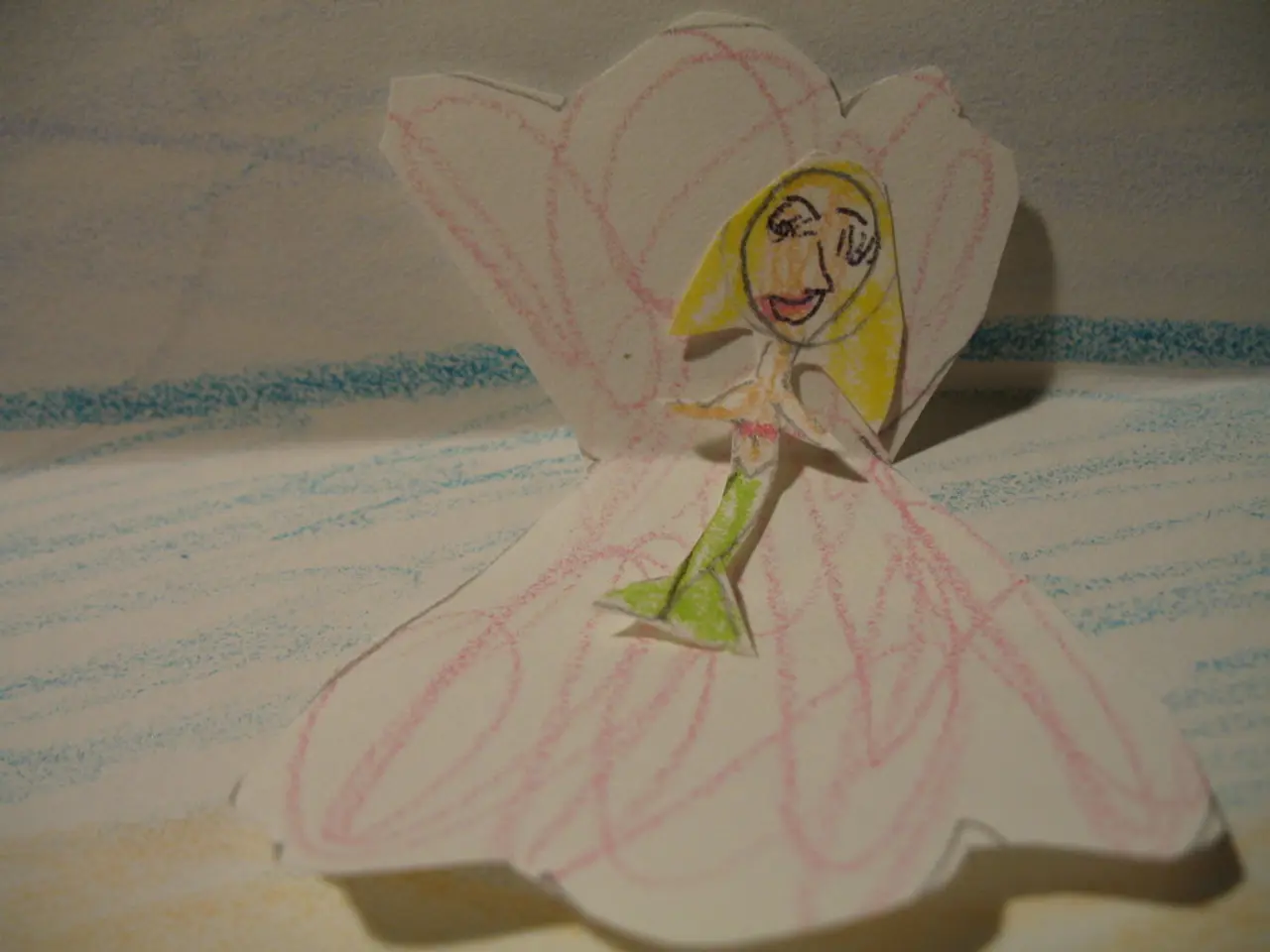Unveiling the Craft of Digital Matte Painters
Digital Matte Painting in Film: Bringing Fantasy to Life
Digital matte painting has become an essential part of modern cinema, transforming the way films are created by blending reality with imagination. This technique, which involves replacing portions of a scene with new images or footage, has a rich history that dates back to the mid-19th century.
The roots of matte painting can be traced to double-exposure techniques in photography. However, it was Norman Dawn who developed the Dawn Process or in-the-camera matte shot in the early 1900s. This technique involved shooting a scene through a glass matte with black paint blocking parts that would be replaced, followed by painting over the unblocked areas on the glass.
Fast forward to today, and digital matte painters use software like Adobe Photoshop to create concept art and blend 2-D images with 3-D computer animation for photorealistic backdrops. The goal is to contribute to the storytelling process by creating images with specific emotions through colors, textures, and lighting.
To break into the field of digital matte painting, essential skills include strong digital painting and artistic skills, particularly in creating photorealistic textures and landscapes. Proficiency in industry-standard software like Adobe Photoshop for digital painting and Nuke or Fusion for compositing is also crucial. Understanding of composition, color theory, and lighting is vital to ensure seamless integration of painted backgrounds with filmed elements.
Familiarity with 3D applications such as Autodesk Maya is also important, as it allows for adding depth and realism to the digital matte paintings. Effective collaboration with VFX teams and the ability to work under deadlines are also key skills.
A good entry-level position is as a concept artist for a movie studio, animation studio, or visual effects production house. Building a strong portfolio showcasing digital matte painting work, landscapes, and compositing skills is critical for employment opportunities.
Additional useful skills include knowledge of photography concepts such as framing, depth of field, and lighting, to create believable environments. Understanding of the VFX pipeline and compositing techniques to integrate matte paintings within scenes is also beneficial. Adaptability to work on diverse environments from fantastical to photorealistic urban landscapes is a valuable asset.
Some digital matte painters begin as trained studio artists with a Bachelor of Fine Arts degree, learning the foundations of drawing, sculpting, and painting with traditional medium. However, breaking into the industry requires more than just traditional art skills. Mastery of digital tools and a strong portfolio are essential for securing a place in this competitive field.
In some cases, digital matte paintings are projected onto a 3-D model of the fictitious world, with the movie director deciding how the camera moves through the shot. For example, in "Harry Potter and the Prisoner of Azkaban," digital matte paintings were printed on huge sheets of canvas and used as physical backdrops during filming.
In summary, film matte painters digitally compose realistic background imagery using specialized tools and artistic principles, requiring strong artistic ability, software proficiency, and collaboration skills, all demonstrated through a professional portfolio. The result is a magical blend of reality and imagination that captivates audiences and brings stories to life on the big screen.
[1] Digital Matte Painting: Techniques and Concepts [2] The Art of Digital Matte Painting [3] Digital Matte Painting: A Comprehensive Guide to Concept Art and Visual Effects for Film and Games [4] Digital Matte Painting: The Art and Techniques of Visual Effects [5] Digital Matte Painting: A Practical Guide for Visual Effects Artists
- To enhance the advancement in digital matte painting, artificial intelligence can be integrated into the process for creating more realistic and dynamic environments in movies and TV, bridging the gap between technology and entertainment.
- As data-and-cloud-computing technologies evolve, they might revolutionize the way digital matte painters work, making it easier to collaborate and share large files, potentially speeding up project completion times.




